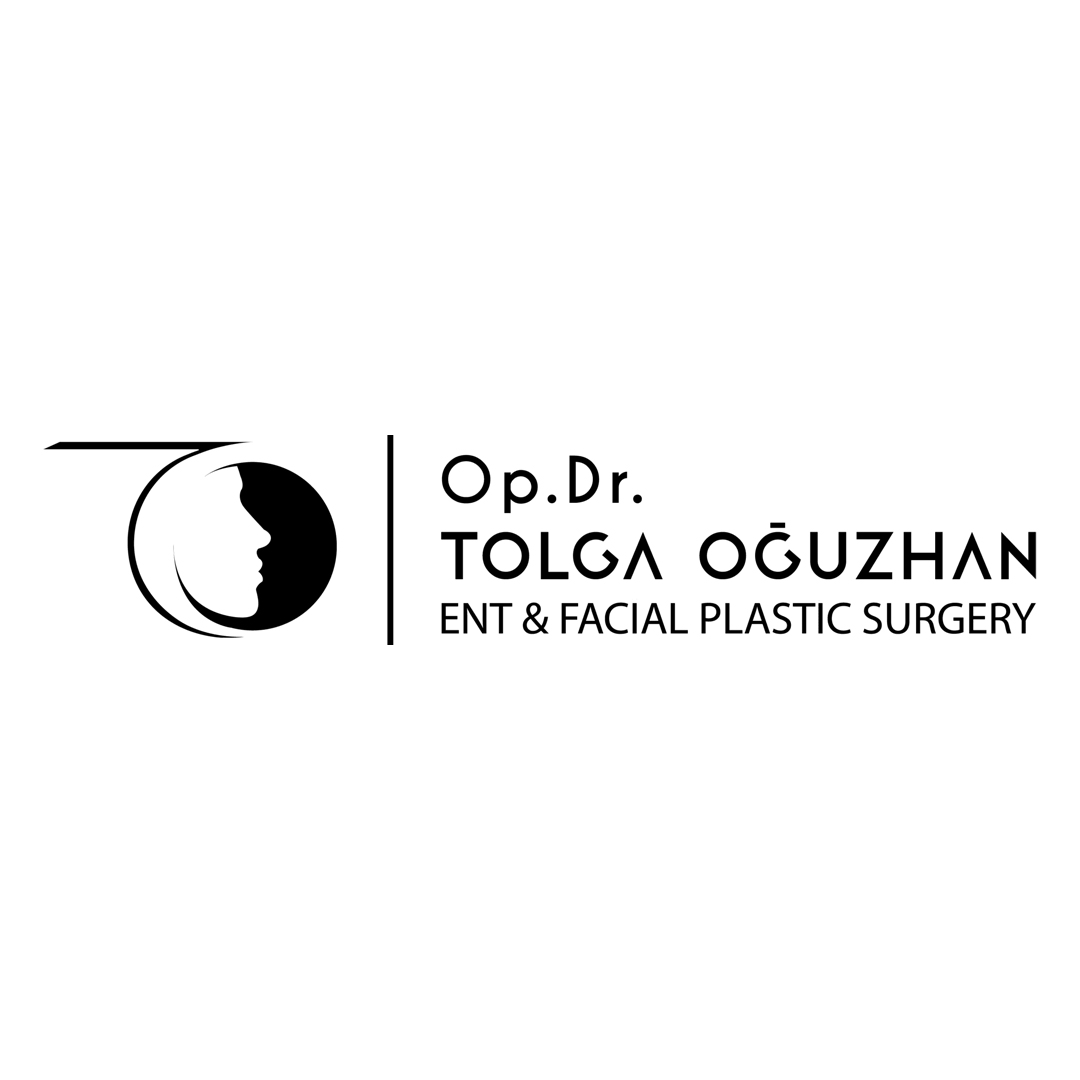Open Rhinoplasty?
- Home
- Open Rhinoplasty?
What is Open Rhinoplasty?
Open rhinoplasty is a method of rhinoplasty in which a small incision is made at the base of the nose, in the area between the nostrils known as the columella. This incision allows the surgeon to lift the skin of the nose and directly observe and intervene with the bone and cartilage structures of the nose.
Differences Between Open and Closed Rhinoplasty Techniques
| Feature | Open Rhinoplasty | Closed Rhinoplasty |
|---|---|---|
| Incision Site : | An external incision on the columella | | Incisions made only inside the nostrils | |
| Field of View: | Provides wide and direct view | |Limited field of view |
| Intervention Capability: | More effective in complex deformities | |Limited structural intervention |
| Scar Risk: | May leave a very fine scar (usually unnoticeable) | | No visible scar |
| Healing Time: | May be slightly longer | | Generally faster |
Open Rhinoplasty Is Preferred When:
Open rhinoplasty is preferred in the following cases:
For patients who have undergone previous nasal surgery (revision rhinoplasty).
When the nasal deformities are highly prominent.
In cases of nasal tip drooping, asymmetry, or width issues.
When detailed structural corrections are needed.
Whenever the surgeon needs full access to the internal structures of the nose for better precision.
Surgery Process
Examination and Planning: Before the surgery, the patient is thoroughly evaluated. The current structure of the nose is analyzed, and a plan is created to ensure harmony with the face’s proportions.
Anesthesia: The procedure is generally performed under general anesthesia.
Surgical Intervention: A small incision is made in the columella area, the skin is lifted, and necessary reshaping procedures are carried out.
Stitches and Splinting: After the surgery, the incision is closed with aesthetic stitches, and a supportive splint is placed on the nose.
Recovery Process:
First Week: Swelling and bruising may occur, and typically, the splint is removed after one week.
2–4 Weeks: Return to daily activities is possible, and swelling starts to decrease.
6 Months – 1 Year: The nose fully takes its final shape.
After open rhinoplasty, the scar on the columella significantly fades over time and becomes nearly invisible in most patients.
Advantages
Provides the surgeon with a wide field of view.
Procedures requiring symmetry and detail can be performed more precisely.
Safer for revision surgeries (second-time nose surgery).
Higher chance of achieving a natural and balanced nose shape.
Disadvantages
The incision may leave a very fine scar.
Swelling and recovery time may be longer compared to the closed technique.
Inexperienced hands may increase the risk of complications.
Conclusion:
Open rhinoplasty is an effective method for addressing both aesthetic and functional issues. When performed with surgical expertise and knowledge of facial aesthetics, it can lead to satisfying results that improve patients’ quality of life and self-confidence. Since each nose structure is unique, the key to success lies in accurate pre-surgical evaluation and personalized planning.
Frequently Asked Questions About Rhinoplasty
Yes, with modern techniques, rhinoplasty is planned to ensure that the nose appears natural and in harmony with your facial features. The goal is for the nose to look both aesthetically pleasing and functionally natural, enhancing the overall facial balance.
General anesthesia is used during the surgery, so you won't feel any pain. After the surgery, you may experience mild discomfort, but it can be managed with the prescribed painkillers.
In the first few days, swelling and bruising may occur. Typically, the splints and bandages are removed within a week, and you can return to normal activities within 2-3 weeks.
The duration of the surgery typically ranges from 1.5 to 3 hours, depending on the procedures involved.
Yes, the results of rhinoplasty are generally permanent. However, due to the natural aging process and external factors, some changes may occur over time.
Rhinoplasty is typically performed starting at 16 years of age for women and 17 years of age for men. The most important factor is that the facial development has been completed.
Frequently Asked Questions About Facial Aesthetics
Yes, facial aesthetic procedures can address sagging skin, wrinkles, and volume loss, resulting in a younger, more vibrant, and dynamic appearance.
Facial aesthetic procedures are generally suitable for individuals aged 18 and above, in good overall health. However, certain procedures may have age restrictions or require consideration of specific conditions.
In surgical procedures, minimal scars may occur, but they are usually hidden within natural skin folds. Over time, these scars tend to fade and become less noticeable.
In surgical procedures, the recovery process typically takes 2 to 4 weeks. However, for non-surgical procedures, individuals can usually return to normal activities on the same day.
In surgical procedures, the recovery process typically takes 2 to 4 weeks. However, for non-surgical procedures, individuals can usually return to normal activities on the same day.
The results of surgical procedures are generally long-lasting. However, as the aging process continues, some changes may occur over time. Non-surgical procedures, on the other hand, tend to be temporary and may require repetition at regular intervals.

